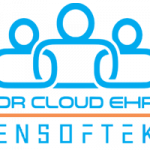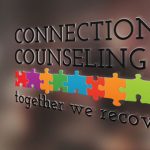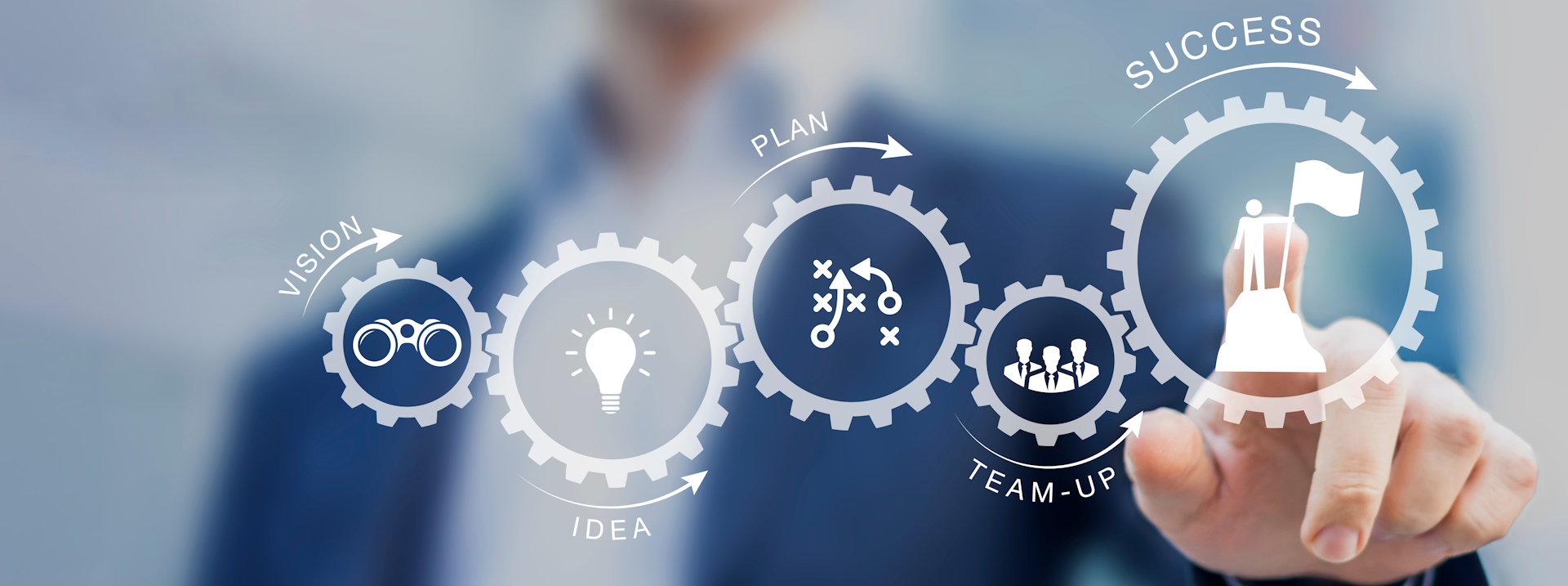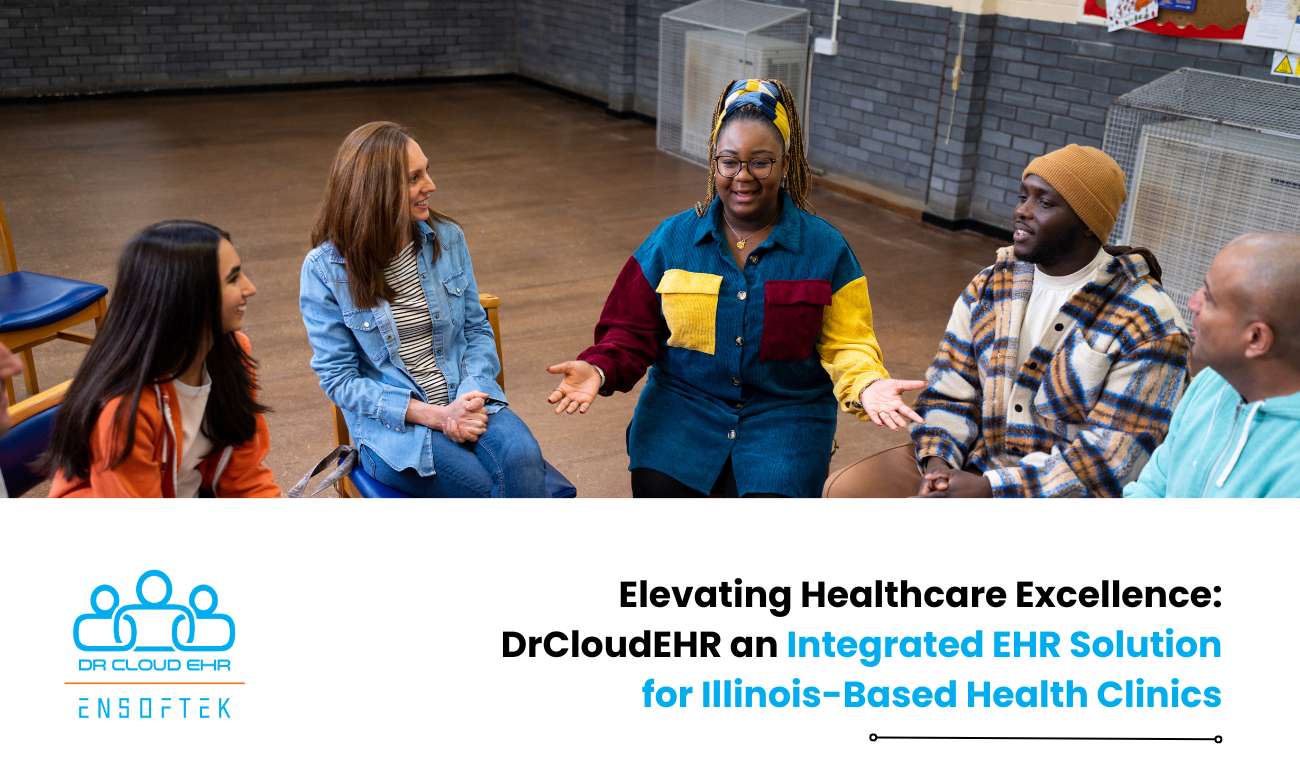
Recovery Oriented Systems of Care, Care Coordination and the Development of DrCloudEHR™
Recovery Oriented Systems of Care, Care Coordination and the Development of DrCloudEHR™
“Life in the universe thrives not on isolationism or the reductionist tendencies of science, but on the capacity to relate. Everything is created out of relatedness and sustained through relationship and thrives on interdependence”. Diarmud O’Murchu
Like many working in the Substance Use Disorder field—I know that the ability to relate—to my family, those I work with, those I advocate for, to my deeper self, and to the earth and Spirit—is the cornerstone of wellness and recovery. During the holidays I was reminded of this reality—with each outgoing blog, email, Christmas Card, gift, and prayer I imagined and intended that the love and gratitude I felt for those I related with—those who I know and those I have not met in person—will be somehow transmitted to help bless, empower, heal, and prosper.
I recall my first job out of undergraduate school at an emergency shelter with a substance abuse early intervention program in the very industrial and often uniquely fragrant city of Pasadena, Texas just outside of Houston. Myself and a team of about 10 young, energetic and idealistic counselors in recovery set about helping create environments that would help homeless and often abused and addicted adolescent youth find safety, empowerment and the road to wellness.
To anyone who has worked in shelters, the first thing that becomes abundantly clear is that homelessness is but the tip of the iceberg to the constellation of challenges clients experience. With very little money, we knew that we had to quickly set up three foundational and relational systems to be successful.
First, we had to set up a system of social relatedness for the youth. This meant twelve step meetings, Al-ateen, school activities, sponsors, church youth groups, sports leagues, and family connections that were safe locally and around the country—we made it a goal to connect create a web of relational social support as wide and as far as possible—even if just by phone or letter (yep, this was pre-email).
Secondly, we had to develop a relational system of care that included both social services, school based counselors and health centers, Children Youth and Families and other state agencies, as well as the local resources in the area. We did this in the traditional sense—by writing grants and attempting to access financial support—but what was more effective was vigorously connecting the resources in the community to the youth in the shelter. I have many memories of cold calling massage therapists to come and provide massage, walking in to Psychiatrists offices and pitching them to volunteer a few hours at the shelter for the young people with co-occurring disorders and making sweet deals with the food bank to be generous and deliver! We arranged check-ups, health care, furniture, sporting goods, Christmas Gifts, skills training, tutoring, mentoring, transportation…one door at a time until we had at least one resource for every need a homeless adolescent would need. At the time, lack of funding was only a challenge we had to put our minds and energy toward overcoming, and, like many others in our field, overcome them we did in our early efforts at what now has become known as a “recovery oriented system of care”. Our clients could see our investment by action in them and it helped inspire them to invest in themselves.
Thirdly, we had to develop a relational system of support for the care givers—the employees of the shelter and other care-givers within the system. This was done informally with spontaneous de-brief sessions, lots of laughter, staff parties, meals, creative “way out of the box” problem solving and a light spirited and wise Executive Director with the appropriate name of Happy Spiller! Formal activities included consistent and solution-focused clinical supervision, a well-developed and evidence based clinical and age appropriate structure, a consistent strength-based, empowering and resiliency focused curriculum—and a clear picture of the realities of social determinants, trauma, and addiction in the roles of homelessness, child abuse, neglect and abandonment, and domestic violence. The lenses of vicarious trauma and self-care were never far from the front burner in all of our staff meetings.
At a certain point, obviously, the clients would move on, hopefully with some healing and hope, and on to a more stable and life-giving arrangement. All of our hand written treatment plans and progress notes, connections across communities, new found client strengths and goals, physical health notes, successful and off the mark clinical and psychiatric interventions, the dreams, the journals, the successes, breakthroughs and learning filed away in yellow manila folders, locked in file cabinets, collecting dust and fading like old memories, until burned or shredded after the requisite time frame—six or seven years—and lost.
Useful technology serves to memorialize the relational health and wellness of individuals, families and communities and should coordinate, synergize and enhance the three relational systems I describe above. Systems of care, care coordination and cross system collaborations are the standards that our healthcare system now aspires to. Humans thrive, grow and heal in relational systems. All of the current major healthcare initiatives–the triple aims of HealthCare Reform, The Patient Protection and Affordable Care Act, The Mental Health Parity and Addiction Equity Act, Essential Health Benefits, the Comprehensive Addiction and Recovery Act and the 21st Century CURES Act; all point to the need for effective systems to address health care and portable, interoperable electronic health records that reflect each person’s relevant historical records with regards to healthcare, behavioral healthcare, and responses to the challenges often found in the public sector regarding social determinants of health. And, for those recovering from addictive disorders, records relevant to recovery plans, recovery oriented systems and services and the treatment of co-morbid and co-occurring health conditions. Medicare and soon, likely Medicaid, will be authorizing a “Coordination of Care” bundled billing code that will allow for a bundled rate for services provided by a team including a physician, case manager and behavioral health therapist.
Dr Cloud EHR was developed specifically to connect systems to help coordinate care, and carefully and confidentially and with permission, tell the brave story of clients across providers and across time and is a recovery oriented, coordination of care solution. I’ve found the company to be both technological and relational—believing that an electronic health record that is both client, user and fiscally friendly, interoperable, and robustly functional helps current providers to align with the relational and systemic requirements of the evolving healthcare system. In my next blog I’ll summarize current evolutions around coordination of care and the ways that Dr Cloud EHR can position providers to respond successfully. In the meantime, I want to wish you a Happy New Year and offer a reminder that the quality of our presence, compassion and joy in all of our relations can raise quality of life for our clients, families, communities and ourselves—one interaction at a time in 2017!
Jim Clarkson, MA, LADAC
Chair, National Advisory Board
DrCloudEHR™ (www.drcloudehr.com)
CEO, Via Positiva, LLC
(505) 944 5284









